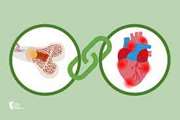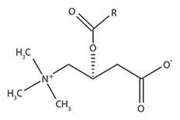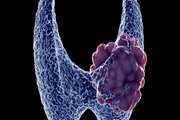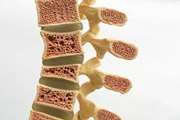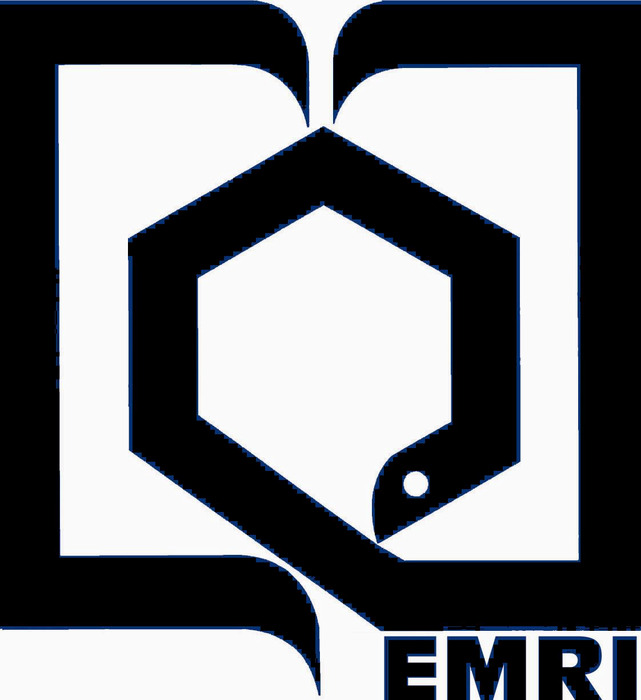Economic barriers and gaps to reach the desirable consumption of salt, sugar, and fat in Iran: a qualitative study
Non-communicable diseases (NCDs), also known as chronic diseases, specifically cardiovascular diseases (CVD), cancers, respiratory diseases, and diabetes are the main reason for more than two-thirds of global deaths, in which the unhealthy diet is one of the primary risk factors.
Health-Related Quality of Life in Osteoporosis Patients with and without Fractures in Tehran, Iran
This study aimed to measure the health-related quality of life (HRQOL) of patients with osteoporosis with and without fractures in Tehran, the capital city of Iran.
Management goal achievements of diabetes care in Iran: study profile and main findings of DiaCare survey
This paper presented the methodology and main findings of a population-based survey to determine diabetes care status among type 2 diabetic subjects in Iran.
The Iranian blood pressure measurement campaign, 2019: study protocol and preliminary results
Hypertension is one of the most important risk factors for premature mortality and morbidity in Iran. The objective of the Iranian blood pressure (BP) measurement campaign was to identify individuals with raised blood pressure and providing appropriate care and increase the awareness among the public and policymakers of the importance of tackling hypertension.
The Association of Cardiovascular Diseases Risk Scores and Osteosarcopenia Among Older Adult Populations: The Results of Bushehr Elderly Health (BEH) Program
Considering the association of cardiovascular disease (CVD) with both osteoporosis and sarcopenia, this study aimed to explore the association between a newly developed CVD risk score and osteosarcopenia in the elderly population.
The association of cardio-metabolic risk factors and history of falling in men with osteosarcopenia: a cross-sectional analysis of Bushehr Elderly Health (BEH) program
Osteosarcopenia, defined as sarcopenia plus osteopenia/osteoporosis, may increase the risk of fractures and affects morbidity and mortality in the older population. Falling is also common in the elderly and increases the risk of fractures and mortality. We examined the association of cardio-metabolic risk factors with a history of falling in osteosarcopenic men.
Policy analysis of nutrition stewardship for prevention and control of Non-communicable diseases in Iran
Non- communicable diseases (NCDs) are the main cause of death, which lead to over 73% of death and 62% of DALYs globally. As an unhealthy diet is the leading behavioral risk factor of NCDs, in line with the national action plan for the prevention and control of NCD, this study explored the nutrition-related stewardship problems to reduce the burden of NCDs in Iran.
Circulating amino acids and acylcarnitines correlated with different CAC score ranges in diabetic postmenopausal women using LC–MS/MS based metabolomics approach
Diabetes mellitus (DM) and its cardiovascular disease (CVD) complication are among the most frequent causes of death worldwide. However, the metabolites linking up diabetes and CVD are less understood. In this study, we aimed to evaluate serum acylcarnitines and amino acids in postmenopausal women suffering from diabetes with different severity of CVD and compared them with healthy controls.
The 15-year national trends of endocrine cancers incidence among Iranian men and women; 2005-2020
Cancer is one of the important health problems in Iran, which is considered as the third cause of death. Endocrine cancers are rare but mostly curable. Thyroid cancer, the most common endocrine tumors, includes about one percent of malignant cancer. In this study, we examined the 15-year national trend of endocrine cancer incidence in Iranian men and women.
The lower basal metabolic rate is associated with increased risk of osteosarcopenia in postmenopausal women
The goal of this study is to clarify clinical, functional, and biochemical features of postmenopausal women who are at risk of developing osteosarcopenia.






